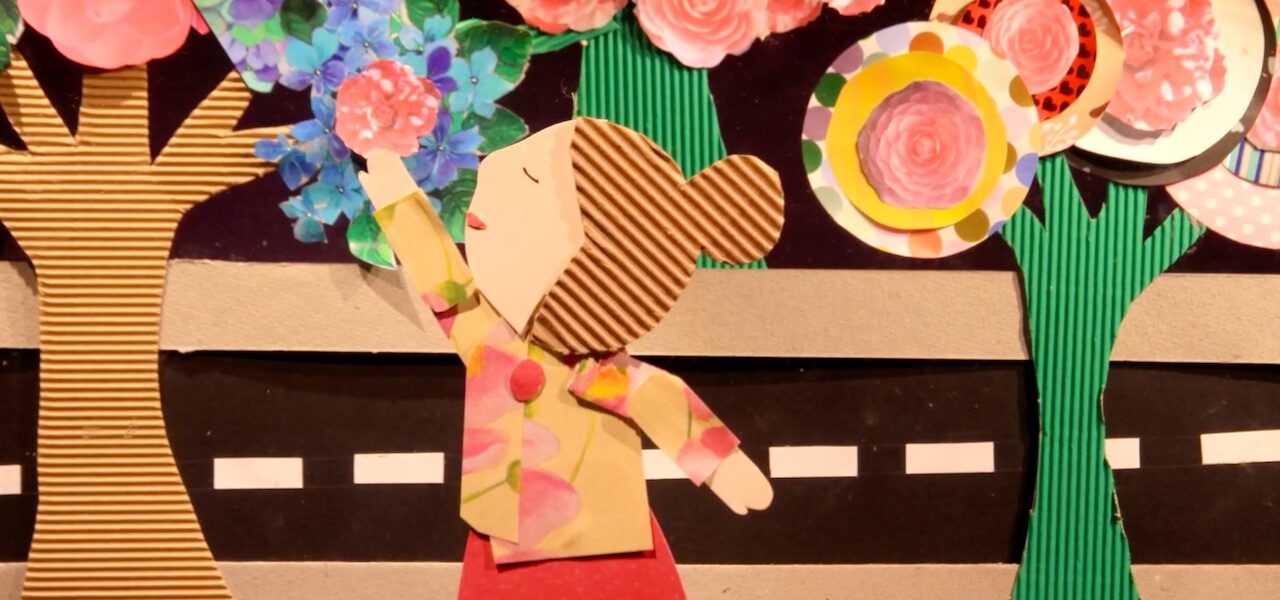
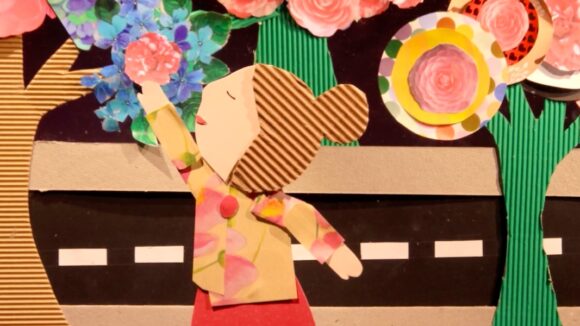
How To Teach Schoolkids To Make A Festival-Ready Animated Film In 20 Hours
In a one-of-a-kind animation museum north-east of Porto, Portugal, amid exhibits of zoetropes and phenakistiscopes, schoolkids gather every year to learn how to make their artwork move. They learn the basics of animation under the guidance of veteran filmmaker and animator Abi Feijó. The resulting films, no more than three minutes long, burst with character.
Feijó has carved out an influential role for himself in independent animation, both in Portugal and beyond. As well as directing a run of acclaimed shorts, including The Outlaws (1993) and Stowaway (2000), he founded the production company Ciclope Filmes and the aforementioned museum, Casa Museu de Vilar. Throughout it all, he’s been quietly developing a remarkable educational initiative in the background.
Inspired in part by the ASIFA Workshops Group, an organization that coordinates animation projects for children worldwide, Feijó held his first workshop in 1985. Over the decades, he has started holding one-off beginners’ lessons and animation courses for teachers, not to mention the centerpiece of his program: 20-hour workshops in which schoolchildren produce films from scratch. Some of these films have gone on to win awards at festivals.
The most recent crop of workshops resulted in five shorts (with two more unable to finish due to the pandemic). The films, which were streamed on the local municipality’s Facebook page, mostly address climate change, a theme picked by the municipality. But they do so with a panoply of techniques: cutouts, collage, hand-drawn, pixilation.
In some cases, the choice of technique is ingeniously tailored to the local culture or the kids’ own abilities. A Troubled Day (watch above) incorporates embroidery, a local tradition; some of the kids’ older relatives, well versed in the art, contributed to the film. Feijó says he hopes to submit this film to festivals. Elsewhere, children with disabilities expressed themselves through their bodies in The Way to Friendship, which mixes pixilation and live-action acting. Privacy laws prohibit their identities from being revealed, so we see them in silhouette, and the film makes an aesthetic virtue out of this.
The films preserve the unbridled creativity of their young auteurs, but Feijó’s experience comes through in the relatively slick production. What does he teach the children, and what does he let them discover by themselves? We asked him about his process…
Cartoon Brew: Obviously, evolution in technology since 1985 has made it simpler to produce animation. But what else has changed in the decades you’ve been giving these workshops?

Abi Feijó: Indeed, technology has changed drastically. At the beginning I was working with 16mm cameras, with very bad viewfinders, reversible film in 30-meter reels, with no accurate meter counters. It was incredibly hard for the kids to understand what they were doing and they had to trust in what I was telling them. We shot for very long periods of time before sending the film to the lab and getting the results a week later. Showing the films to the kids was a true magic moment.
In the beginning, to show how animated movements work, I used to animate a few “optical toys,” like zoetropes and flipbooks. We could see the animated motion on the spot, without any technology. At that time, I had lots of time to work with kids. Today, I have much less time. Dragonframe is a wonderful software, so simple to use that the kids have no problems quickly understanding how animation works.
Before starting any project, I try to have a meeting with their teachers and motivate them to develop ideas and stories. I also try to experiment with as many different techniques as possible and, if possible, to create links with local traditions. For A Troubled Day, we decided in a meeting with a teacher to use embroidery, which was once a local tradition in this region.
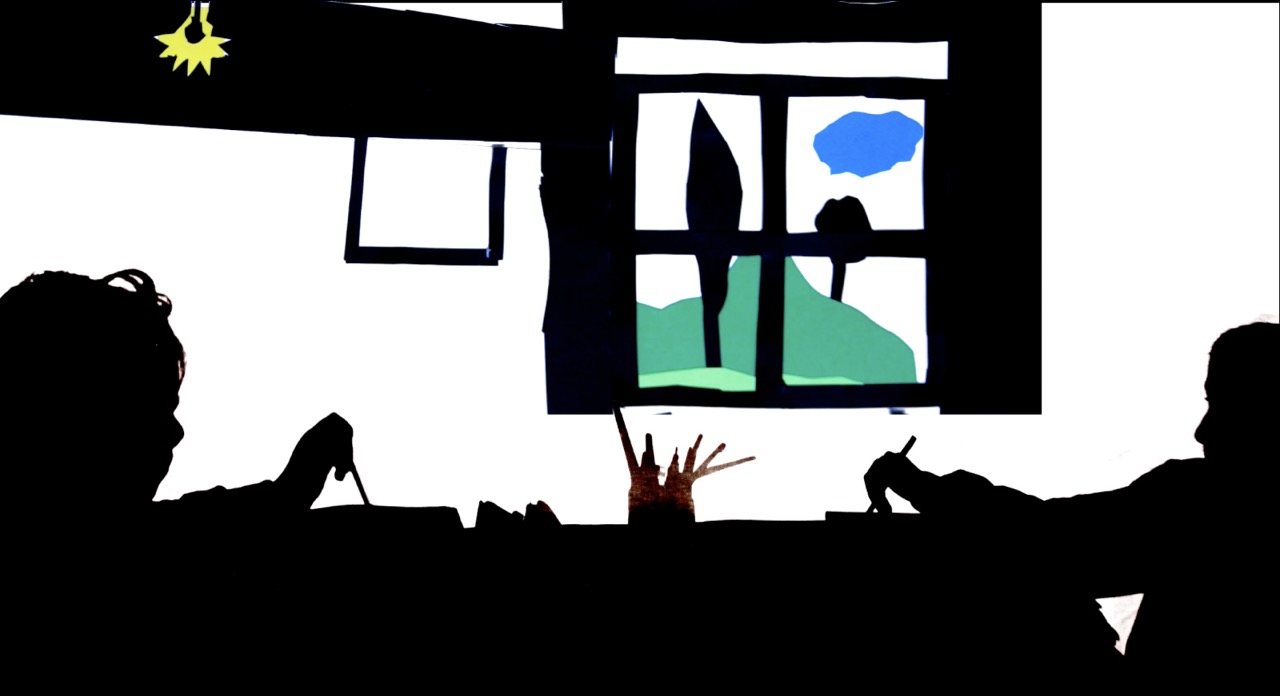
Animation is a collaborative medium. How do you make sure the children work well as a team? Do they take on specific roles based on what they’re naturally good at, or does everyone do a bit of everything?
We must understand that we are not training future animators in these workshops. I believe it is more important just to make a film in the straightest way possible, not to annoy them with exercises. To see a good result at the end of the line will encourage them much more. So I try to divide the work among all the students. Each one as a specific task, but everyone should do every part of the work.
I start by writing down their ideas. When we have a very basic storyline, I ask each student or small group to draw a simple storyboard. Sometimes there are many double ideas — many will copy ideas from their neighbor — and there will probably be some holes in the narrative. The storyboard reveals what we need to change, adapt, or complete so that the story makes sense. The ending of the story is very important: changing even small details can change the entire message of the film.
We make a list of everything we need to build, according to the technique they have chosen. All the characters, props, backgrounds, sounds — and each student picks his part of the job. When the first scene is ready to shoot, we organize them in smaller groups around the animation stand and, one by one, they shoot a part of the animation. Nobody was born knowing how to animate and kids at the beginning don’t have the faintest idea how much they should move. Too little? Too big? So it is important for me to guide their first steps.
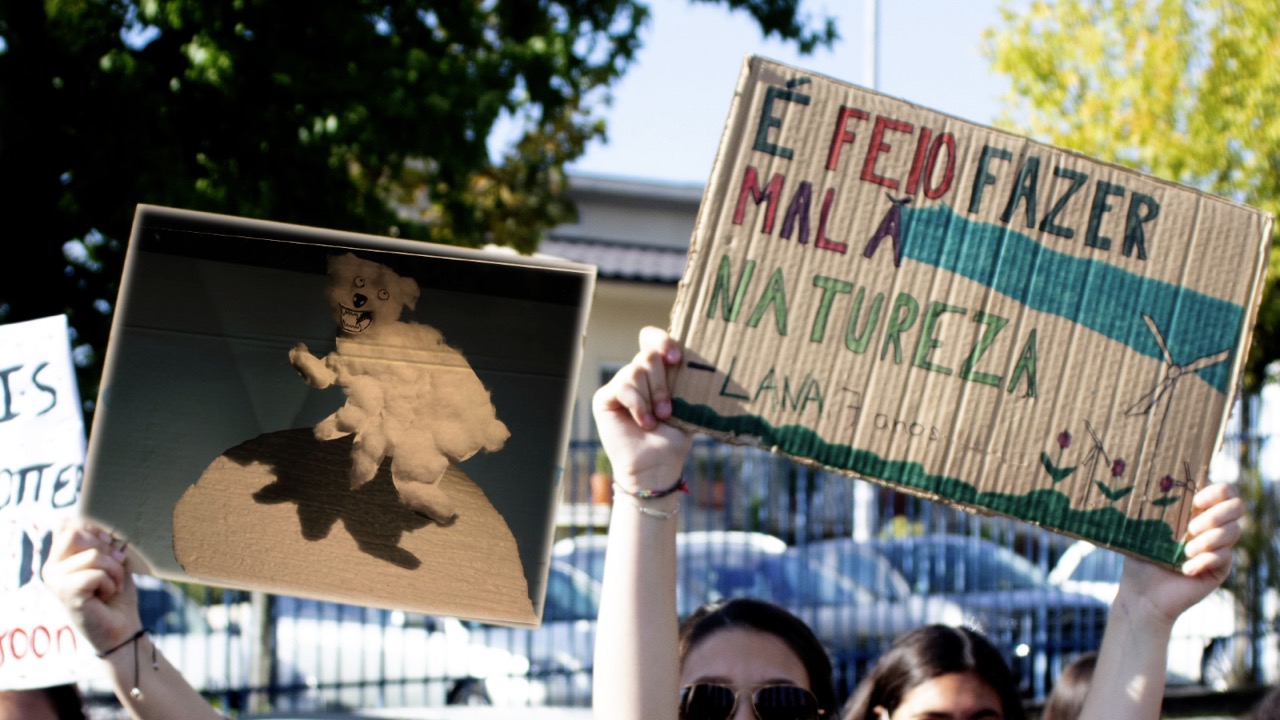
At the beginning I used mostly cutouts, avoiding drawings. But recently, with the help of After Effects, it is easy to turn the white paper into a transparent layer, which allows us to divide the actions from the still images and therefore use a more traditional way of doing drawn animation. The new A4 LED light pads also help a lot, because they are very inexpensive, easy-to-carry light tables.
In a collective film like these ones, it’s important to have some coherence between characters and design. In cutout, if we have one main character it will be always the same, so it is easy to keep the design throughout the film. In drawn animation, however, this a big challenge. Here the personality of each kid makes a big difference in the final results. Therefore we must choose ideas that are not centered on the characters.
Do you show the children any animated films, and if so, which ones?
I used to start all my workshop with a guided visit to our animation museum. Here we have a collection of optical toys and devices from the pre-cinema age. So they would experience many ways of creating the illusion of pictures in motion, but also how [creative collaborator] Regina Pessoa and I made our own films, as well as artwork from art animation films from all over the world.
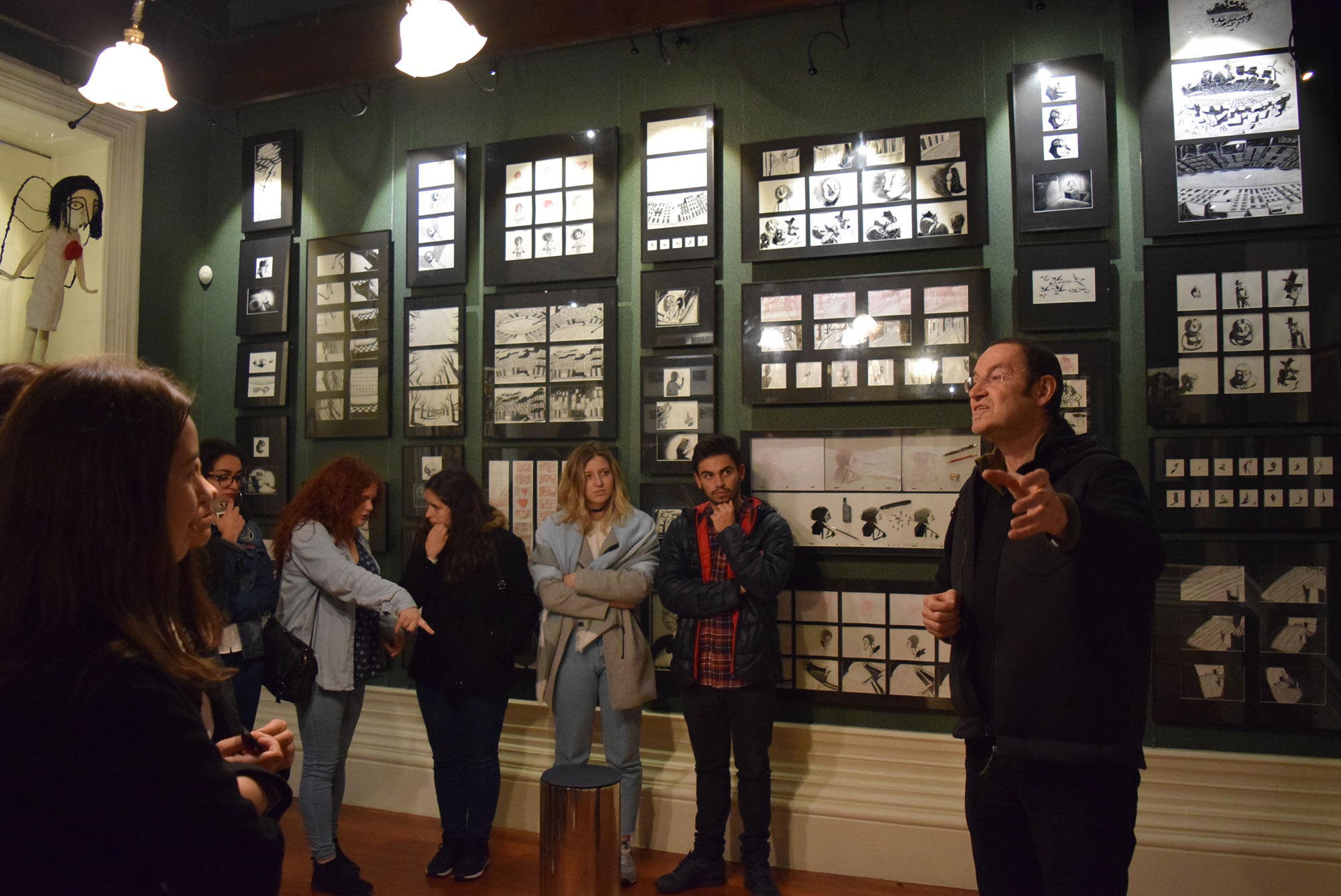
I mostly show films made by other kids. I would never show Disney or manga films; these would be out of their reach and would frighten them. But watching films made by kids like them gives them trust and the will to experiment with this new medium. Sometimes, if they choose a particular technique, I might show them one or two professional short films so that they understand the possibilities offered by that technique.
You’re a filmmaker yourself. What have you learned over the years from working with children?
Well, when I started doing animation there was no animation school in Portugal. I was eager to know about animation but there was too little available information. The ASIFA Workshops Group meetings were a source of very valuable information for me, and I also learned a lot by seeing the results the other workshops were able to achieve. It was there I realized it was possible to use different techniques, much more different that those I dared to use until then.
My workshops now last 20 hours. This is the most I can get from teachers’ precious time. But when the teachers discover a way of integrating the film itself into their own programs, the workshop becomes an improvement in their teaching methods. This makes the films much better and all this process much more useful for everybody.
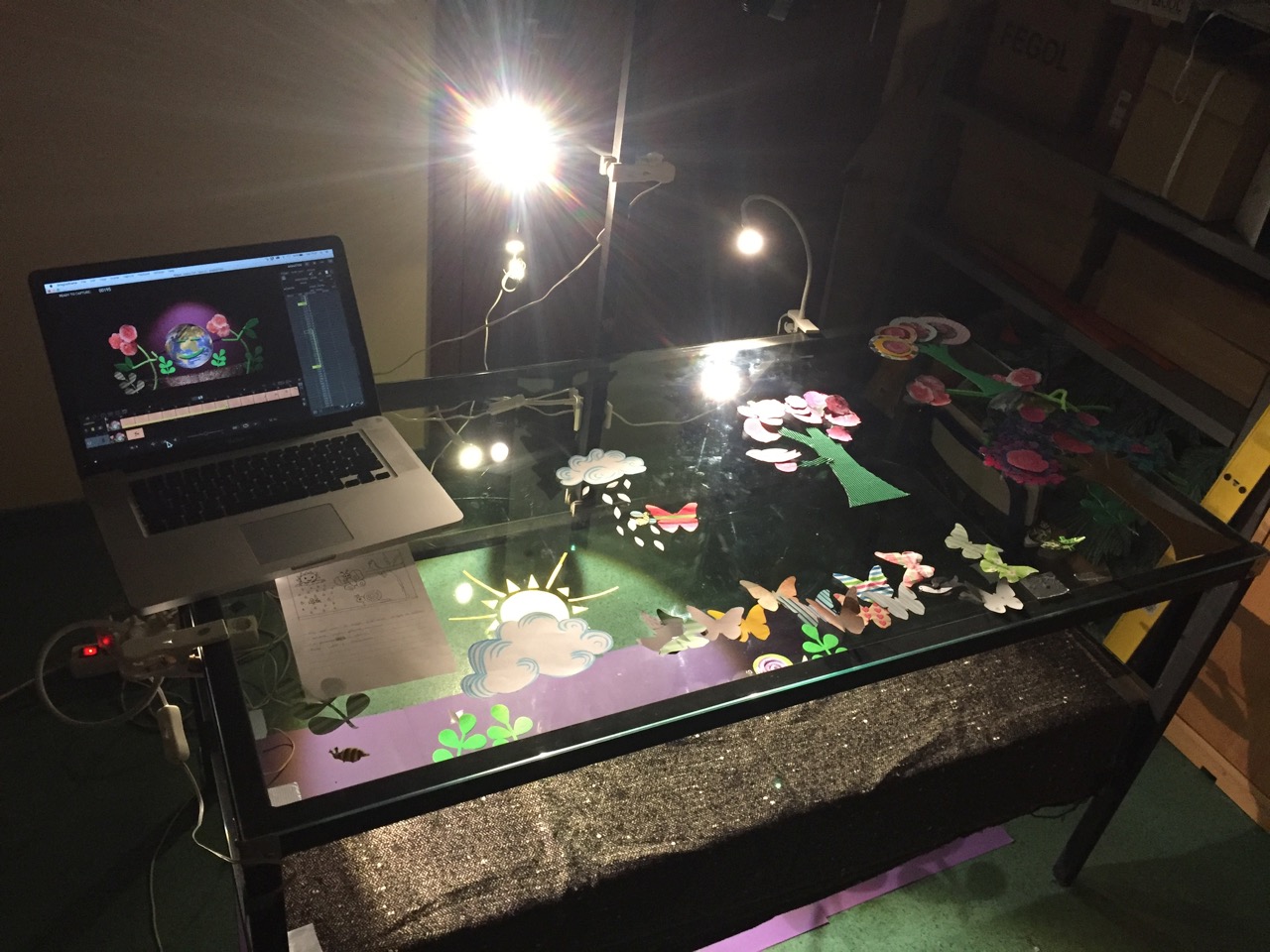
(Feijó’s answers were taken from a longer interview transcript.)

.png)